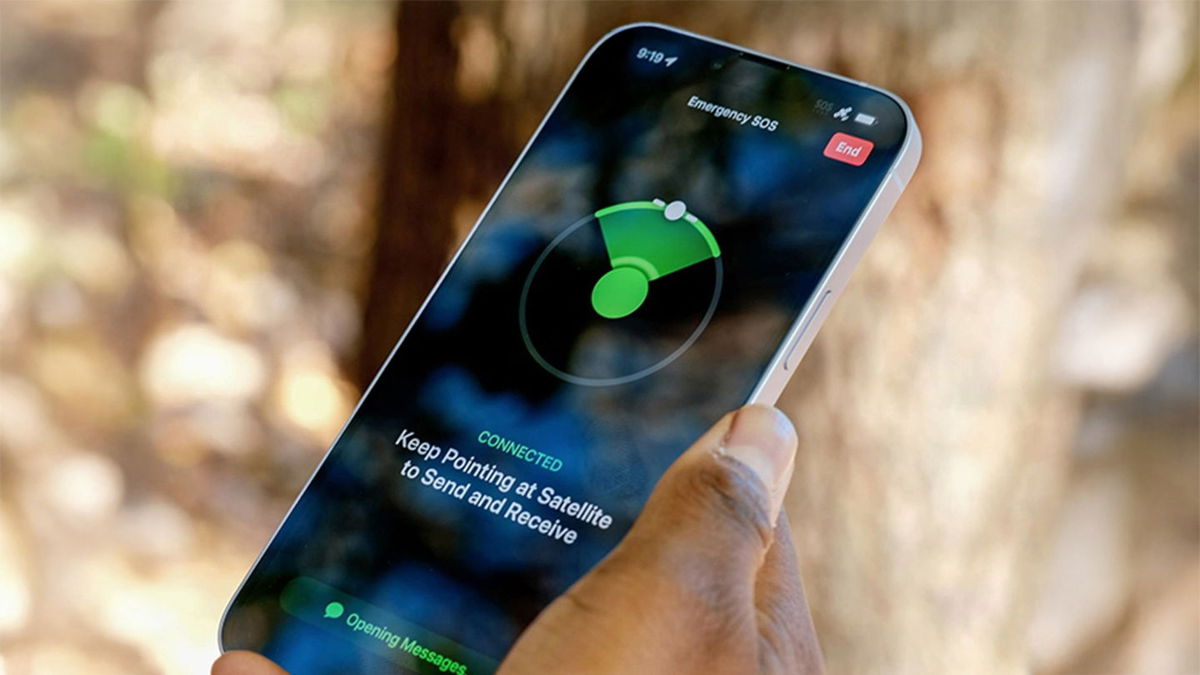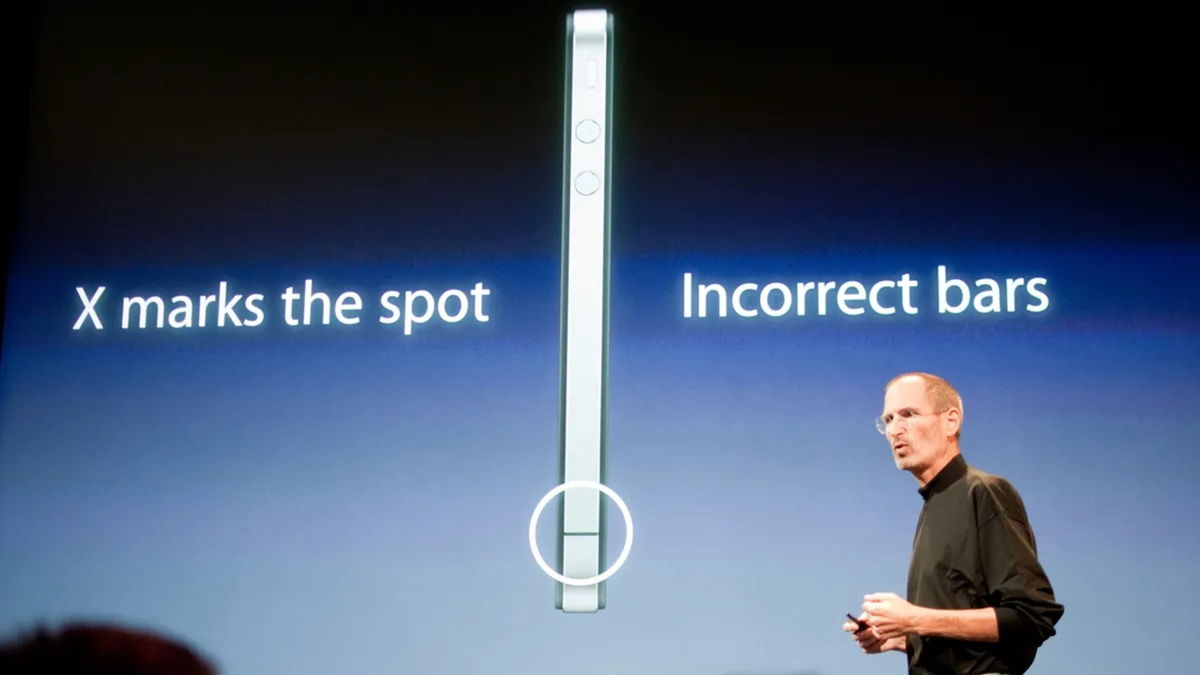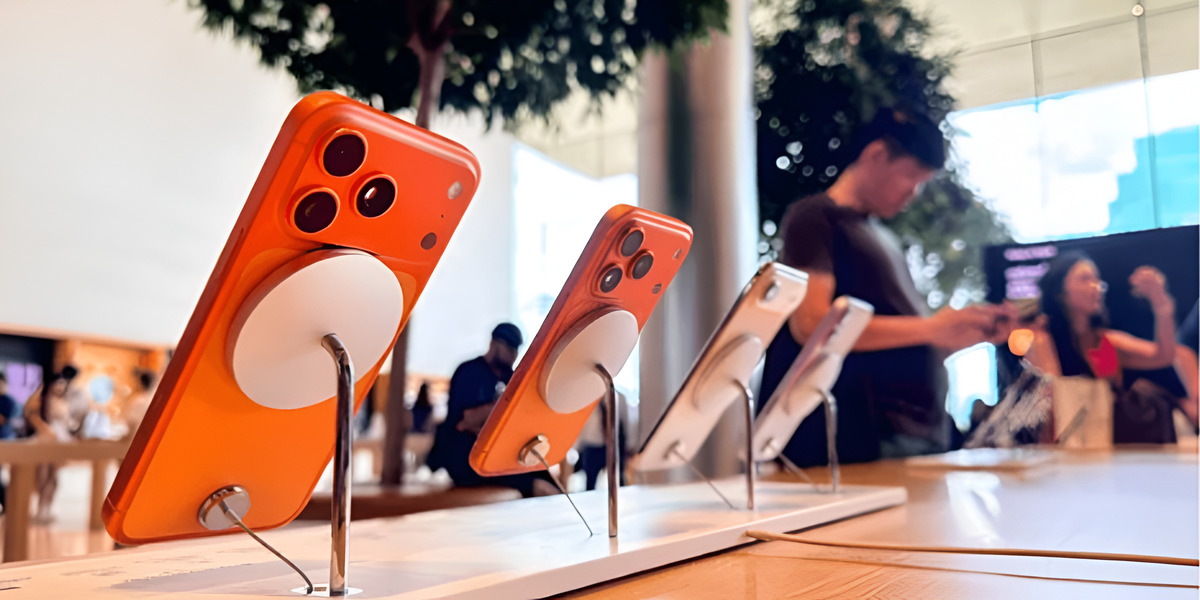New iPad mini The seventh generation retained almost all the characteristics of its predecessor with some specific improvements. But above all, thanks to the new A17 Pro chip, with which it is ready to accept Apple Intelligence, the company’s artificial intelligence works.
With an 8.3-inch screen and weighing less than 300 grams, it is Apple’s smallest, lightest and most portable tablet. You don’t feel it when you carry it in a backpack or bag, but it offers all the benefits of an iPad. And in some ways, some of those were reserved for the iPad Pro and iPad Air.
A17 Pro gives new life to iPad mini
The seventh-generation iPad mini is updated with the A17 Pro chip that we originally saw in the iPhone 15 Pro and Pro Max. So it’s no coincidence that Apple’s smallest tablet can run Apple Intelligence.
Apple is updating almost its entire line of devices to be able to run the first artificial intelligence features that will arrive with the release of iOS 18.1.
Additionally, A17 Pro delivers a 30% performance boost over the previous sixth-generation iPad mini. In terms of graphics performance, it’s up 25% and now offers dynamic caching, ray tracing, and hardware-accelerated mesh shading. This is especially useful for video games, 3D modeling and augmented reality applications.
Additionally, the seventh-generation iPad mini comes with 8GB of RAM to run Apple Intelligence artificial intelligence models. But some video games and some applications will also benefit from more memory.
Apple Intelligence is currently only available in English and cannot be used in Europe due to regulatory issues. It will be available in Spanish starting in 2025, although the date of its arrival on the European continent is still unknown.
Apple Pencil Pro support
The seventh-generation iPad mini gains one of the features found on the last-generation iPad Pro and iPad Air: Apple Pencil Pro support.
He Apple Pencil Pro offers some pretty useful features for annotating, drawing, and manipulating objects. It has a pinch gesture to display context menus, haptic feedback, and rotation for more efficient control.
You can also place it on the screen to see the exact orientation of the pen pointer on the screen. The Apple Pencil Pro magnetically attaches to the iPad mini for charging and pairing. In addition, it supports search.
The seventh-generation iPad mini also supports the first-generation Apple Pencil, but only the version with USB-C charging. It doesn’t support the second-generation Apple Pencil like the previous iPad mini, which may cause some confusion.
Cameras
The seventh-generation iPad mini supports both 12-megapixel cameras, and things haven’t changed between generations either. That is, if you place the tablet horizontally, the front camera will be located on the side of the tablet.
However, the rear camera offers a specific improvement: Smart HDR 4 allows you to take photos with the highest possible dynamic range. Although the reality is that iPad cameras are increasingly being used for document scanning, mixed reality and video conferencing.
In this sense, the front camera of iPad mini, like the previous generation, offers Center Stage technology, which keeps you in the center of the plane during a video conference, even if you move. This is a feature that can be used by third party apps, not just FaceTime.

Faster connections
The seventh generation iPad mini now features a USB-C port capable of transferring data at 10MB per second, double the speed of the previous generation. This is especially useful for connecting external drives, memory card readers, or for use with external monitors.
The latter is interesting because, together with a keyboard and mouse, we can turn a small device like the iPad mini into a powerful workstation thanks to the A17 Pro chip.
Wireless connections – Bluetooth and Wi-Fi – also receive minor improvements over the previous generation. We went from Wi-Fi 6 to Wi-Fi 6E and from Bluetooth 5 to Bluetooth 5.3.
Finally, the iPad mini drops support for physical SIM cards entirely and can only be used with an eSIM. Although I suspect it was a long time ago when someone stuck a physical SIM card into an iPad.

The most portable iPad is the best for travel
I’ve been carrying the new seventh generation iPad mini in my backpack for the past week during a very busy period of travel. It is absolutely “invisible” in terms of weight in my backpack. It just doesn’t feel like it’s there.
It’s perfect for watching TV shows or movies on a plane or train without being limited by the screen size of my iPhone. It is very convenient to take specific notes using Apple Pencil Pro when I’m at the airport or hotel. And thanks to its size, iPad mini is ideal for reading e-books. The autonomy of about ten hours gives me the possibility of continuous use for several days.
It’s also a very useful professional tool for content creators, especially those of us who make videos. It works incredibly well as a remote display connected to a camera. In my case, I use it with a Sony FX-3 or Sony FX-30 and the Monitor+ app, turning the iPad into a professional monitor with which I can not only control the camera, but also have a wide view of what I’m doing. I’m going to record and thus frame and expose correctly.
With a faster A17 processor, good battery life, almost unnoticeable weight and an 8.3-inch screen, it’s a much more useful tool than I expected.
I would certainly like an iPad mini with the same overall device size, but with fewer edges to increase the screen to around 9 or 9.5 inches. This would make it an almost ideal device.
The seventh generation iPad mini can already be reserved for 599 euros in Spain and 12,000 pesos in Mexico.
Source: Hiper Textual
I’m Ben Stock, a highly experienced and passionate journalist with a career in the news industry spanning more than 10 years. I specialize in writing content for websites, including researching and interviewing sources to produce engaging articles. My current role is as an author at Gadget Onus, where I mainly cover the mobile section.













